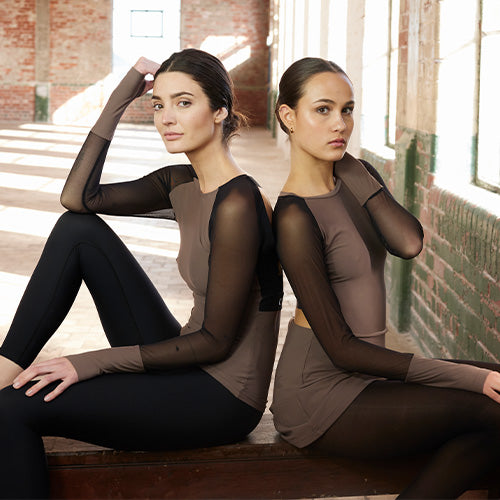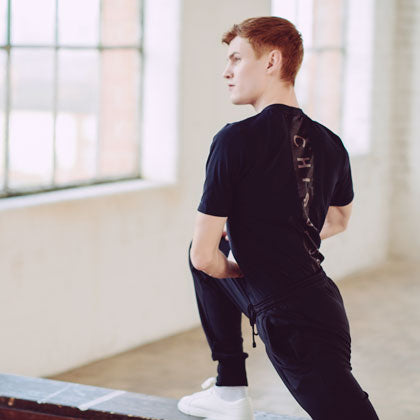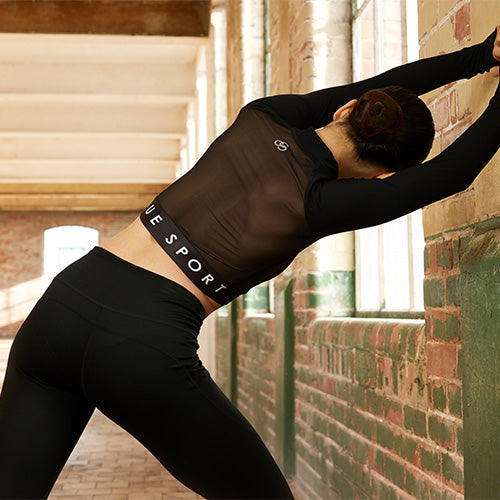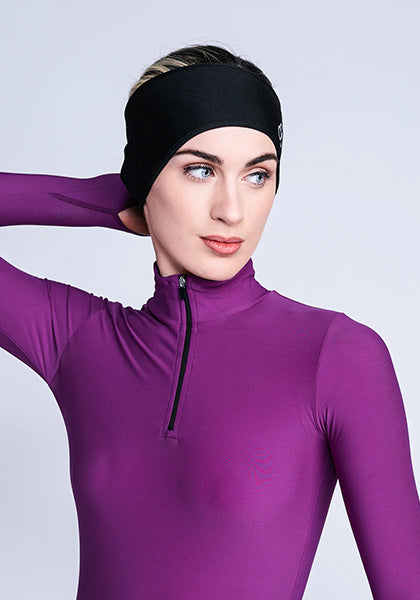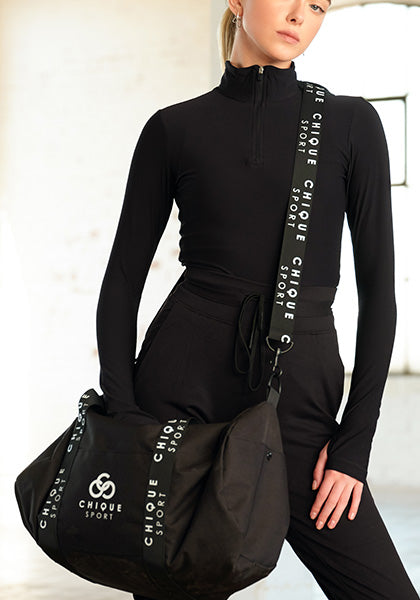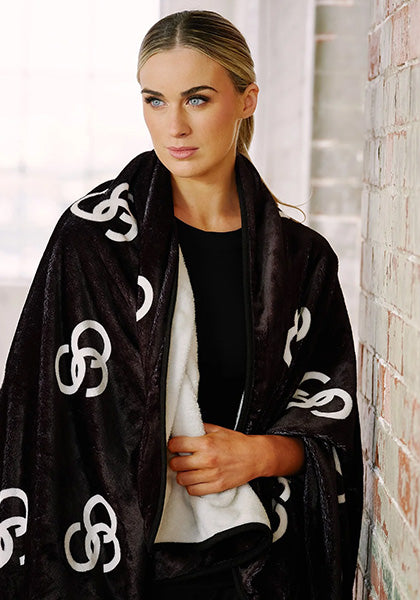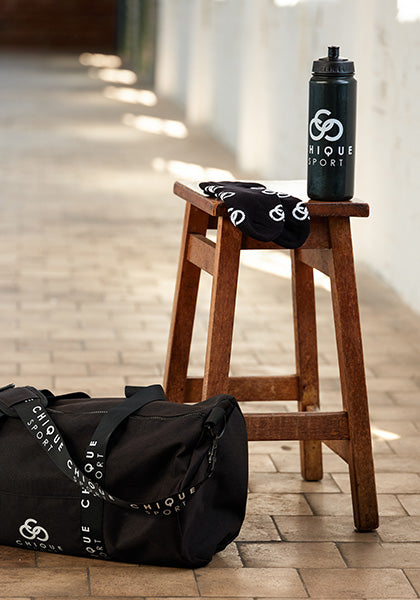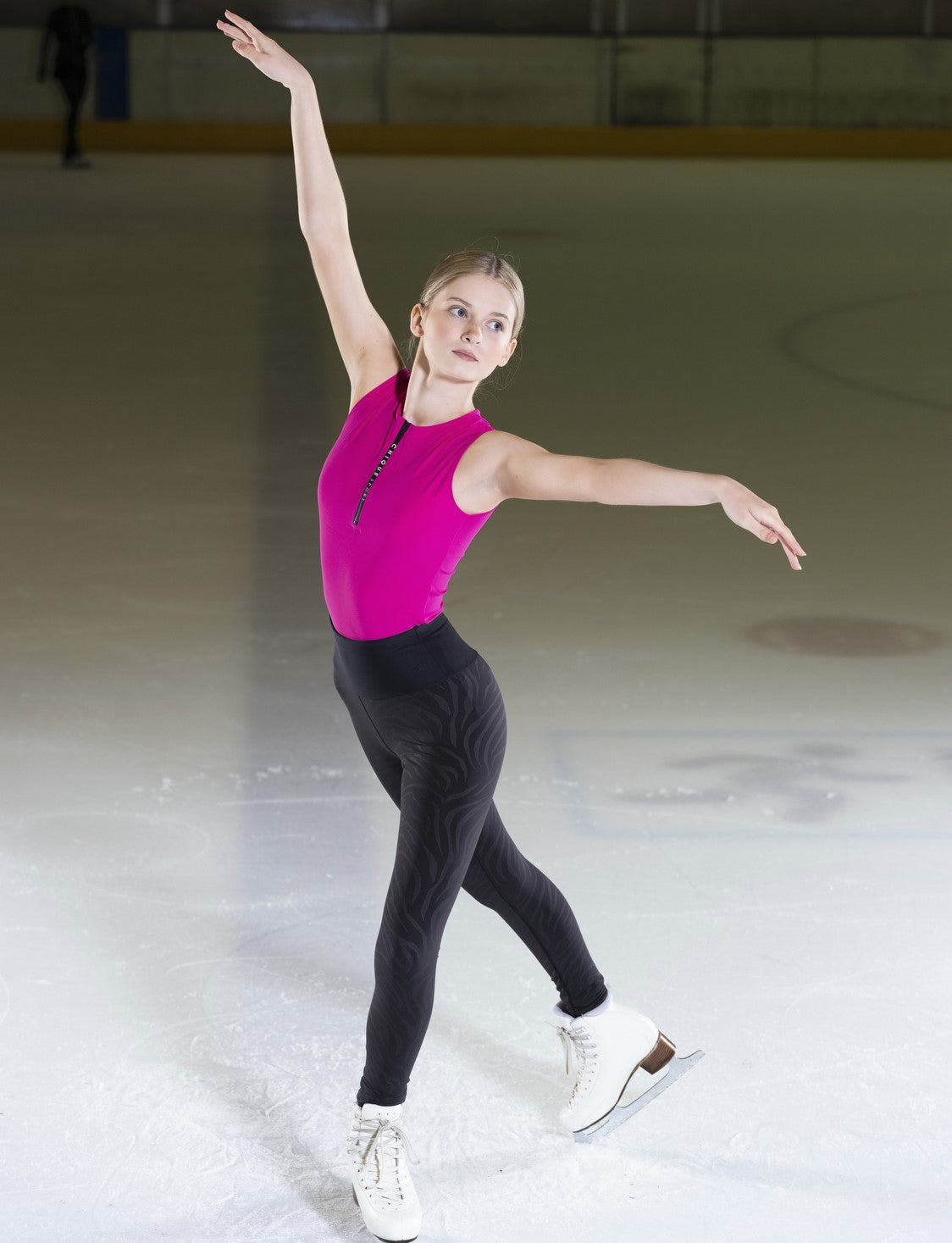Figure skating is widely appreciated for the elegance and skill it requires to grace the ice. In this blog, we're going to highlight some interesting facts about how ice skating originated and evolved into the sophisticated sport of figure skating we admire today. Join us as we trace a brief history through the world of ice and figure skating!
The Early Origins of Ice Skating History
Ice skating dates back thousands of years, originally serving as a practical way to travel across frozen waterways during harsh winters - evidence suggests ice skating originated over 4000 years ago in what is now Finland.
Interestingly, the earliest ice skates weren't the sleek blades we're familiar with today; they were made from animal bones strapped to the feet. These “bone skates” were a significant advancement, helping people glide over ice smoother and faster compared to the cumbersome task of trekking through snow.
Our ancestors were clearly very adaptable, turning a challenging climate into an innovative mobility opportunity!
Communities across Northern Europe quickly adopted the ice skating method of travel, as bone skates have also been unearthed from ancient lakes in Switzerland and Russia. This offers just a glimpse into the widespread use and cultural significance of ice skating in early societies.
Figure Skating Timeline in History

The 18th & Early 19th Century - European Skating Pioneers
During the 18th and early 19th centuries, ice skating had evolved greatly from its early origins as a mode of transport, and had now become a form of entertainment. Let's look into some historical facts from this time period:
- The world's first skating club was established in 1742 - The Edinburgh Skating Club. To become a member, you had to pass a test showing the ability to skate a full circle on each foot and then leap over one, two, and three stacked hats in succession!
- Among European nobility, ice skating became a highly fashionable social activity - frozen canals and ponds acted as natural arenas where the elite showcased their elegance and social status.
- This period also witnessed the birth of "figure skating", where skaters began performing structured movements and patterns on ice, laying the foundation for the intricate sport we know today.
The 19th Century - Introducing Modern Figure Skating
Further into the 19th century, figure skating took another significant leap forward, transforming into a more formalised sport with the establishment of skating clubs and the standardisation of techniques. Here’s some key highlights from the 19th Century:- Skating clubs began introducing structured figure skating practices and formal techniques, bringing a new level of sophistication to the sport. The first English club, “The Skating Club”, started in London in 1830.
- American figure skater Jackson Haines revolutionised the style of figure skating, by integrating ballet and dance. Haines is often coined as the “father of modern figure skating”.
- Skaters transitioned from outdoor rinks to purpose-built indoor rinks. This allowed for year-round practice and competitions regardless of weather conditions.
The 20th Century - Olympic Recognition & Global Expansion!
In the 20th century, figure skating had well and truly grown into a highly competitive global sport. By now, major international competitions had started and skating techniques were becoming more advanced. The sport was now hitting new heights of popularity and performance:- Figure skating made its Olympic debut at the 1908 London Summer Olympics. Inclusion in the Winter Olympics in 1924 solidified its status as a major competitive sport, attracting global attention and participation.
- International competitions like the Olympics and World Championships played a crucial role in the growth of figure skating. This creates a platform for countries to showcase their talent and for the sport to evolve through international collaboration and competition.
- Influential skaters like Sonja Henie popularised the sport with Olympic victories and film appearances, meanwhile Dick Button was known for technical innovations and being the first to perform a double Axel jump in competition.
The Evolution of Figure Skating
Ice Dance and Pairs Skating
Ice dance emerged as a distinct discipline within figure skating, focussing less on technical elements and more on how skater’s move together in harmony and tell a story through their performance.
Within Ice Dance, Torvill and Dean’s “Bolero” routine at the 1984 Winter Olympics became iconic, with creative choreography and connection resonating with audiences worldwide. While in Pairs Skating, performances by Gordeeva and Grinkov set new standards for future generations, by blending technical skill and artistic expression.
Singles Skating and Jumps
Singles skating has seen a remarkable evolution in terms of technical difficulty, particularly with the advancement of skating jumps and spins. From the early days skaters pushed the boundaries with single and double jumps - triple jumps have now become a standard in high level competitions. Quad jumps, which are traditionally performed by male figure skaters, are even becoming increasingly more common among women figure skaters.
Singles skating has however had its ups and downs, especially in regards to scoring systems and judging!
The shift from the traditional 6.0 system to the ISU's Judging System aimed to increase fairness and transparency after the controversies at the 2002 Winter Olympics. Yet, this change has sparked discussions about its complexity and the heavy focus on technical skills, raising concerns that this might side-line the artistic aspects that make figure skating so special.
The Future of Contemporary Figure Skating
The future of figure skating is definitely looking bright, with the sport evolving to include new technical moves and artistic flair, as well as a solid push for diversity and inclusivity. Recent changes in rules, such as those adopted by Canada, now allow skaters to choose attire that reflects their gender identity - this is a big step towards making everyone feel welcome and valued in the sport.
On the ice, things are getting really exciting too.
Skaters are trying out a wider range of music genres, bringing fresh narratives, and adding further emotion to their routines. Skating choreography is also becoming more innovative and routines are featuring tougher jumps and spins. All these changes are making sure that figure skating stays fresh and moving forward, thrilling for the athletes and a joy for fans to watch!
Make Figure Skating History with Chique Sport

At Chique Sport, we've taken the rich history of figure skating clothing and given it a modern makeover. From the day we started, our mission has been to provide today's skaters with gear that not only looks great but also meets their needs for performance and comfort. We're all about blending the sport's traditional elegance with the latest in athletic wear, so skaters can feel confident and stylish every time they hit the ice.
Check out our full range of figure skating clothes for women, men and kids!



